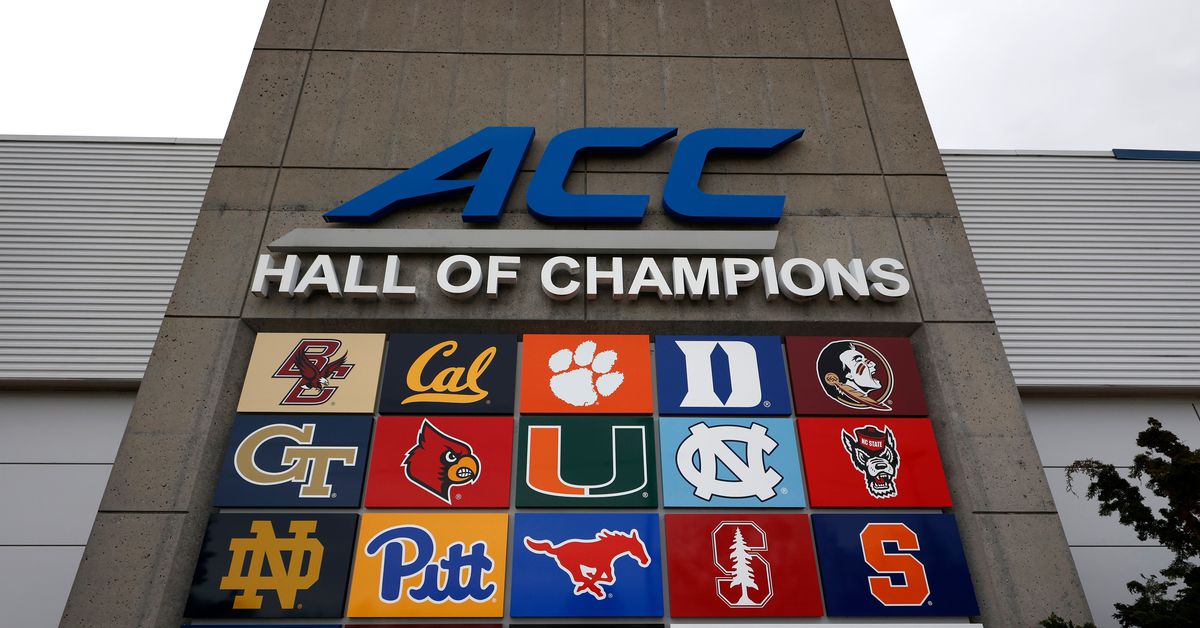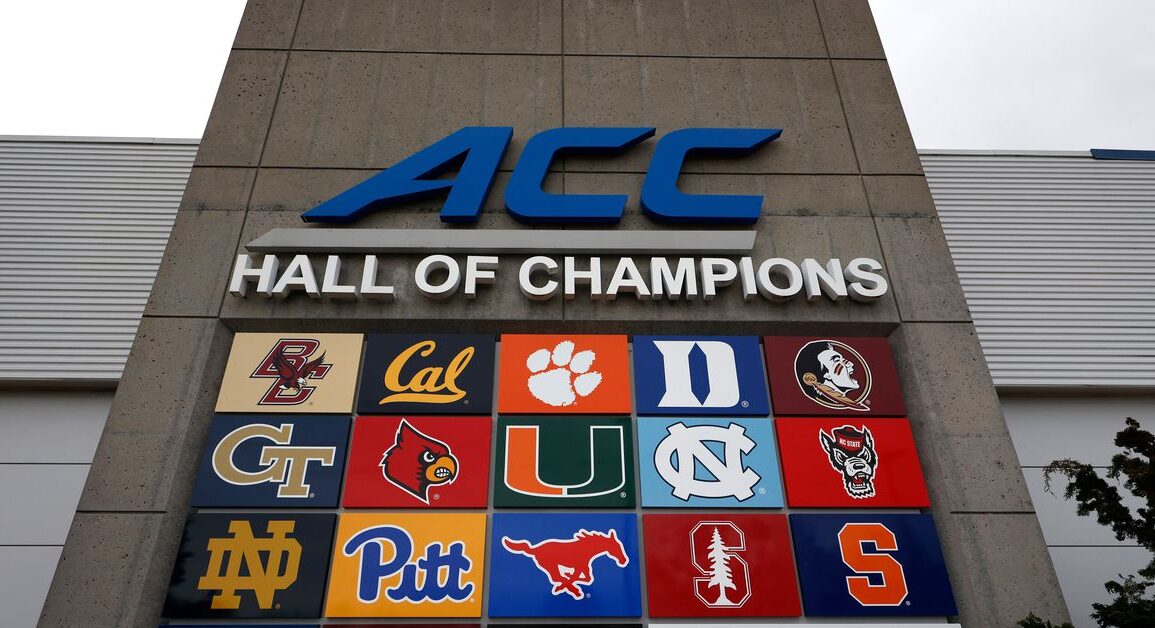
The ACC announced Tuesday that its 18-team men’s basketball conference is going back to playing an 18-game league schedule.
The conference had played a 20-game league schedule since the 2019-20 season, a move that seemed destined to stick following last year’s additions of SMU, Stanford and California. And yet, here we are.
Where we are is uncharted territory for the ACC.
While the SEC and the Big Ten are enjoying record levels of success, the ACC hasn’t placed more than five teams in an NCAA Tournament since 2021. If not for North Carolina’s highly controversial inclusion in the First Four in this past tournament, the ACC would be coming off a year in which it sent just three teams to the Big Dance for the first time since 2000.
In a league where basketball has typically been king, lagging behind the other four power conferences for more than a one-off season is cause for sweeping change.
And so again, here we are.
The most surprising part of Tuesday’s announcement wasn’t the reversion, it was the structure of the reversion.
Instead of following the format most believed would be adopted — every team playing 16 opponents once and one opponent twice — the ACC announced that starting in 2025-26, every team will play 14 teams once, two teams twice, and one team not at all.
The home-and-home games will be of two different varieties. Each team will play two games against a “primary partner” every season, and two game against a “variable partner” that will change from one season to the next.
The “primary partners” list is as follows:
Boston College-Notre Dame
Clemson-Georgia Tech
California-Stanford
Duke-North Carolina
Florida State-Miami
Louisville-SMU
NC State–Wake Forest
Pitt-Syracuse
Virginia Tech-Virginia
The rationale here is sound: It gives the league the opportunity to pit its projected strongest teams against one another for one extra quality matchup every season, while also preserving the sanctity of the conference’s strongest rivalries.
What the ACC hopes to avoid is a situation like last year where a Duke team that finished 19-1 in the league and a Louisville team that finished 18-2 played their only game on Dec. 8 to little fanfare. Having two teams — Clemson and Louisville — finish 18-2 in league play and earn just a No. 5 and a No. 8 seed, respectively, is another thing Jim Phillips and company would like to avoid moving forward.
Overall, the move sort of feels like treating a rapidly spreading virus with ibuprofen. Could there be some positive effects? Sure, but this isn’t a reaction that is addressing the root cause of the issue in any substantive way.
Every ACC team getting two additional non-conference games won’t matter much if the league doesn’t stop getting absolutely obliterated by the other power conferences in November and December.
The ACC’s 18 teams went a collective 331-270 in non-conference play last season, the seventh-best mark out of the 31 leagues in Division-I. The league also had a sub-.500 record against top 100 opponents for the fourth consecutive season. Perhaps most notably, the conference went just 4-30 in games against SEC opponents, including a humiliating 2-14 performance in the annual ACC-SEC Challenge.
The lack of quality wins combined with a multitude of embarrassing losses left Duke with almost no margin for error to be a No. 1 seed, and teams like Clemson and Louisville with almost no margin for error just to get into the NCAA Tournament.
A change in scheduling philosophy isn’t going to fix that.
In an era where finances matter even more than they ever have before, it should surprise no one that the two leagues with the most money are the two currently experiencing the most on-court success. The SEC in particular is on its best run in history thanks to being able to hire (and keep) some of the best coaches in the sport, and assemble the best rosters in the sport on an annual basis.
In an effort to try and make up ground, several ACC programs have brought in younger, more forward thinking head coaches this offseason. Will Wade will look to rejuvenate NC State, Jai Lucas is already bringing high-level talent back to Miami, Ryan Odom takes over at Virginia after years of being discusses as one of the “next big things” in coaching, and Luke Loucks is attempting to bring a fresh approach to roster assembly at Florida State.
With all due respect to Phillips and company, this is the only way back to the top of the mountain for the ACC. No scheduling rearrangement is going to hide another sub-par two months of performances before the calendar flips to 2026.
While the path to the recipe for conference success has changed significantly in recent years, the recipe itself is static: Great players, great coaches, stacking wins. Different than it’s ever been before. Same as it ever was.
This post was originally published on this site be sure to check out more of their content.







